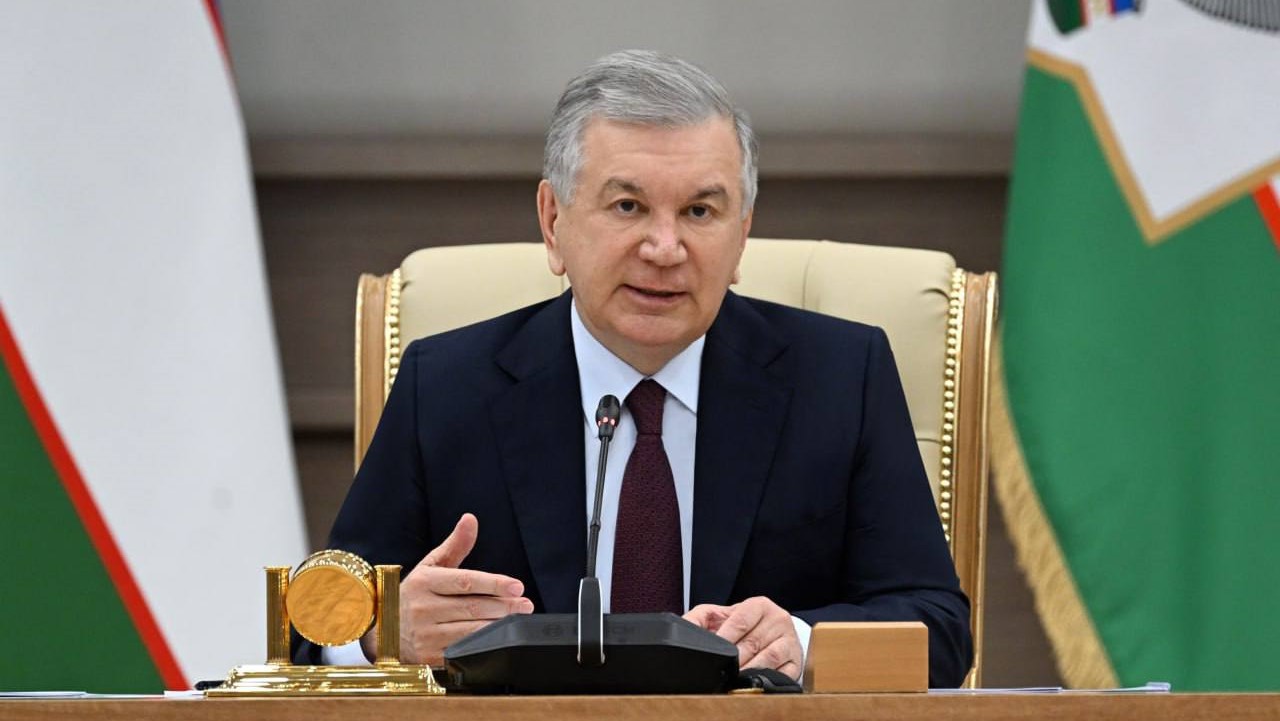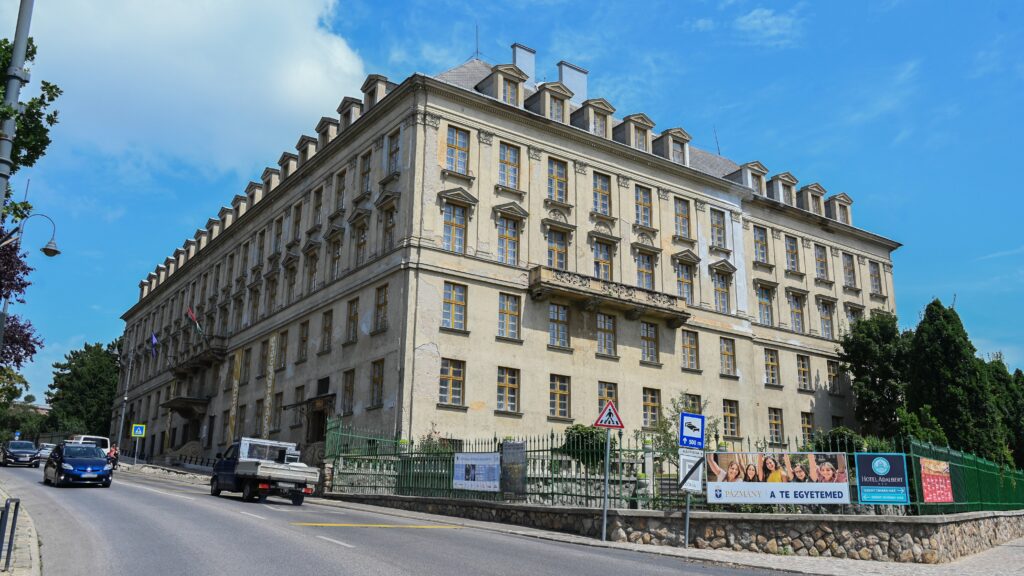Digital transformation is a priority today for most member countries of the Organization of Turkic States (OTS).
At the current stage, OTS member states are actively integrating digital technologies into their economies, education systems, healthcare, and public administration. Special emphasis is placed on the development of artificial intelligence and creative industries.
In the context of global competition and rapid technological advancement, these efforts are opening up new opportunities for sustainable and inclusive growth within the OTS. They contribute to strengthening economic ties, advancing digital integration, and fostering joint technological development across the region.
Emphasising the importance of these processes, President of Uzbekistan Shavkat Mirziyoyev, at the OTS Summit held on 7 October of this year in Gabala, Azerbaijan, noted that digitalization, AI and the creative economy are ‘becoming key drivers of sustainable development’ in the region.
To consolidate efforts in these areas, a proposal was made to adopt a ‘roadmap’ for the implementation of projects in the fields of AI and the creative economy, as well as to host an International Exhibition of the Turkic World in Uzbekistan. These initiatives not only promote deeper cooperation among OTS countries, but also reflect the global trend of uniting efforts to advance digital technologies, creative industries, and AI as key factors of economic growth.
Against this backdrop, Uzbekistan is making notable strides in digitalization and the development of its IT sector, aiming not only to modernize its internal infrastructure but also to contribute to the advancement of digital processes within the OTS framework.
‘Large-scale projects are being implemented to develop digital infrastructure, introduce e-government, and digitize education and healthcare systems’
A significant foundation for these efforts was the adoption of the ‘Digital Uzbekistan — 2030’ Strategy in 2020, which aims to broadly integrate digital technologies into public administration and the everyday lives of citizens.
As part of this Strategy, large-scale projects are being implemented to develop digital infrastructure, introduce e-government, and digitize education and healthcare systems.
Key achievements in these areas include the functioning of the my.gov.uz platform, which provides over 300 government services online. IT parks are being actively developed, including IT Park Uzbekistan, which supports startups and attracts both domestic and international companies. Today, its resident community exceeds 2,800 enterprises, 752 of which are foreign.
Moreover, the IT sector employs around 40,000 young professionals, who are earning competitive incomes and contributing to the growth of the country’s digital economy.
Over the past five years, IT service exports have increased from $170 million to nearly $1 billion. Average internet speed in the country has grown sevenfold, while mobile internet speeds are 4.5 times as fast. Last year, startups attracted $70 million in venture investments, reflecting Uzbekistan’s growing potential in the digital economy.
Alongside these efforts, significant attention is being given to the development of AI. In 2024 Uzbekistan adopted a Strategy for the Development of AI Technologies through 2030. A total of $50 million has been allocated to strengthen infrastructure in this field, with an ambitious goal set: to create a national AI model and train 1 million specialists.
As part of the strategy, a portfolio of 86 projects has been developed, covering key sectors such as healthcare, education, agriculture, energy, transport, environment, and the financial sector.
A central focus is human capital development in AI. Under the ‘One Million AI Leaders’ programme, free online platforms—aistudy.uz and omp.aistudy.uz—have been launched to provide young professionals with modern AI knowledge and skills. By 2027 these platforms aim to train 1 million specialists.
As a result of these initiatives, Uzbekistan has climbed 17 positions in the Government AI Readiness Index, now ranking 70th out of 188 countries and first in Central Asia. The country also leads the Commonwealth of Independent States in terms of growth rate in the telecommunications sector.
Complementing its digital agenda, Tashkent is also focusing on the development of the creative sector. The country has enacted the Law on the Creative Economy, which defines the directions for creative industries and establishes the foundations of state policy in this area. It is expected that the implementation of this law will increase the creative sector’s share of GDP to 5 per cent by 2030.
Already, Uzbekistan has attracted over $500 million in investments into creative industries and created more than 50,000 jobs across sectors ranging from film production to IT startups. This approach not only helps preserve cultural heritage but also transforms it into a competitive product in the global market.
Meanwhile, other member countries of the OTS are developing their digital sphere, viewing it as a key factor for modernization and economic growth.
One prominent example is Kazakhstan, which is implementing a series of key initiatives under its AI Development Concept for 2024–2029. Among the measures adopted are the establishment of the Committee on AI and Innovation Development, the AI Development Council under the President of Kazakhstan, as well as the launch of Central Asia’s first supercomputer ‘Alemcloud’ which serves as the foundation for building the national AI infrastructure.
‘Member countries of the OTS are developing their digital sphere, viewing it as a key factor for modernization and economic growth’
At the same time, special attention is given to developing human capital. More than 63,000 students are studying IT-related fields at 79 universities across the country, where AI courses have been introduced and AI research centres are operational. A significant achievement in 2024 was the creation of a unique Kazakh language model ‘KazLLM’ which supports the development of digital technologies grounded in national characteristics.
Similar digitalization processes are underway in Azerbaijan as well. Within the framework of the approved AI Development Strategy for 2025–2028, the country is focused on three key priorities: building an AI industry, training qualified personnel, and implementing AI in public administration to enhance efficiency.
At the same time, the High-Tech Park is developing rapidly. By 2024 it had registered over 80 residents from various countries who have already created more than 220 startups. This number is planned to increase to 500 by 2026.
In this context, Turkey, equipped with a modern telecommunications network, is launching new data centres and upgrading its computing capacities. The national supercomputers ‘TRUBA’ and ‘ARF-ACC’ support not only government services but also scientific research in the fields of AI, big data, and modelling.
Meanwhile, Hungary is implementing large-scale digital initiatives. The country has launched a National AI roadshow and a voucher programme to support small and medium-sized businesses in adopting AI solutions. The goal is to assess the digital maturity of 1,500 enterprises, train 300 entrepreneurs, and provide consulting on business development and engineering.
Simultaneously, within the framework of the National Digitalisation Strategy for 2022–2030, Budapest hosts festivals and exhibitions such as ‘Budapest Design Week’, which attract an international audience and help bring the Hungarian creative industry to global markets.
Similarly, such events are being organized in Kyrgyzstan, where digital development is gradually gaining momentum. In Bishkek, as part of the Digital Transformation Concept for 2024–2028, access to electronic services is being expanded. The eGov portal offers over 100 services, and more than 88 per cent of the population has internet access. Investments in ICT and workforce training for the digital economy are also increasing.
In parallel, Turkmenistan is taking steps to modernize its digital infrastructure—deploying fibre-optic networks, advancing 5G connectivity projects, and implementing pilot digital solutions in telecommunications and transportation within the ‘Smart City Arkadag’.
The commitment of the OTS member countries to digital development reflects their shared aspiration for sustainable economic growth and technological progress. The ‘Vision of the Turkic World — 2040’ concept, adopted in 2021, emphasizes that digital transformation is a crucial condition for enhancing the global competitiveness of the OTS.
Within its framework, special attention is given to the development of digital infrastructure, the improvement of e-government systems, and the gradual implementation of AI solutions.
In this context, the initiatives of the President of Uzbekistan are timely and relevant, as they aim to strengthen digital cooperation within the OTS and promote joint projects in AI and the creative economy. Such active engagement in the digital agenda helps accelerate integration processes, enhance mutual cooperation, and create favourable conditions for sustainable innovative development in the region.
Related articles:







